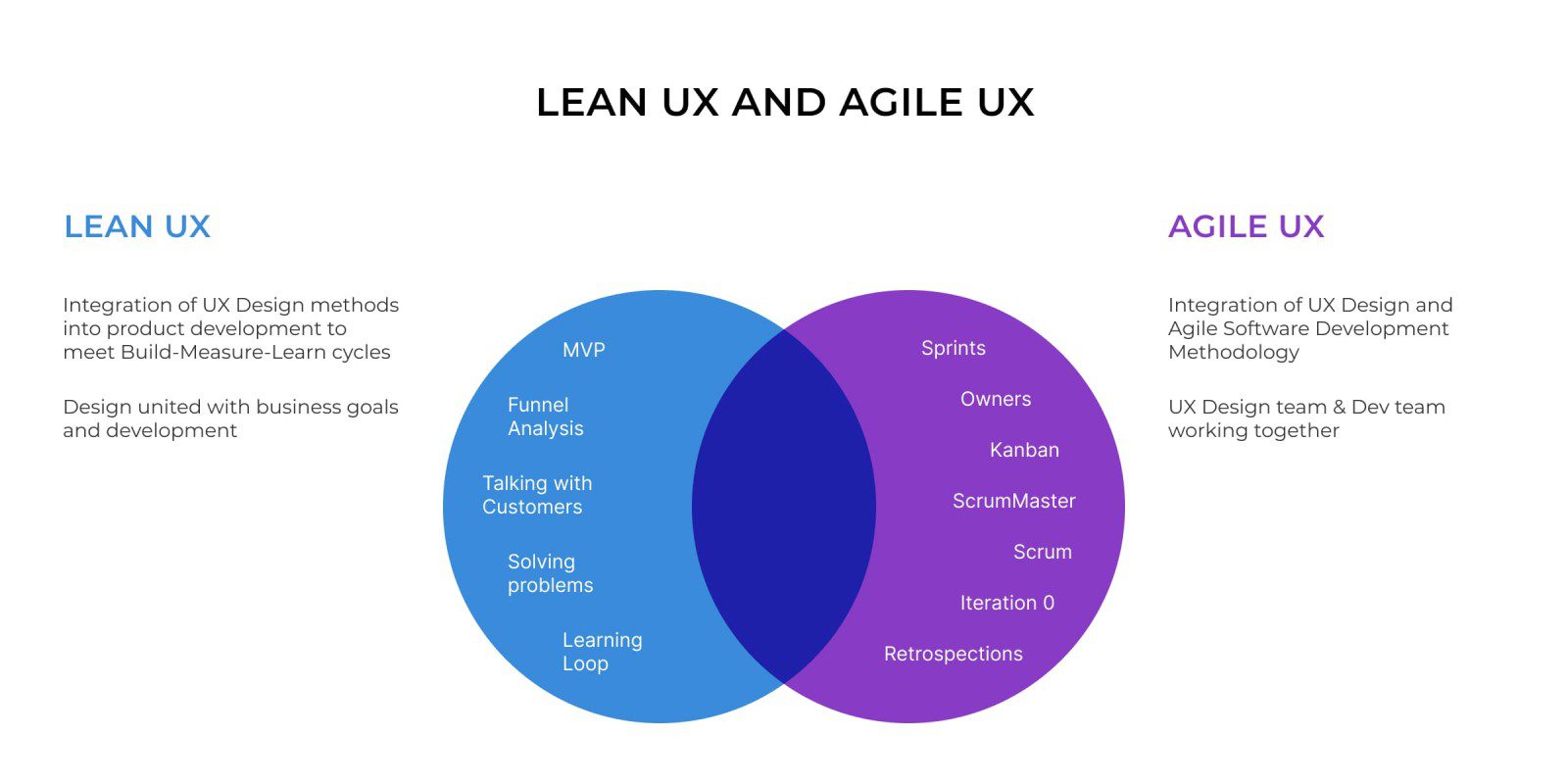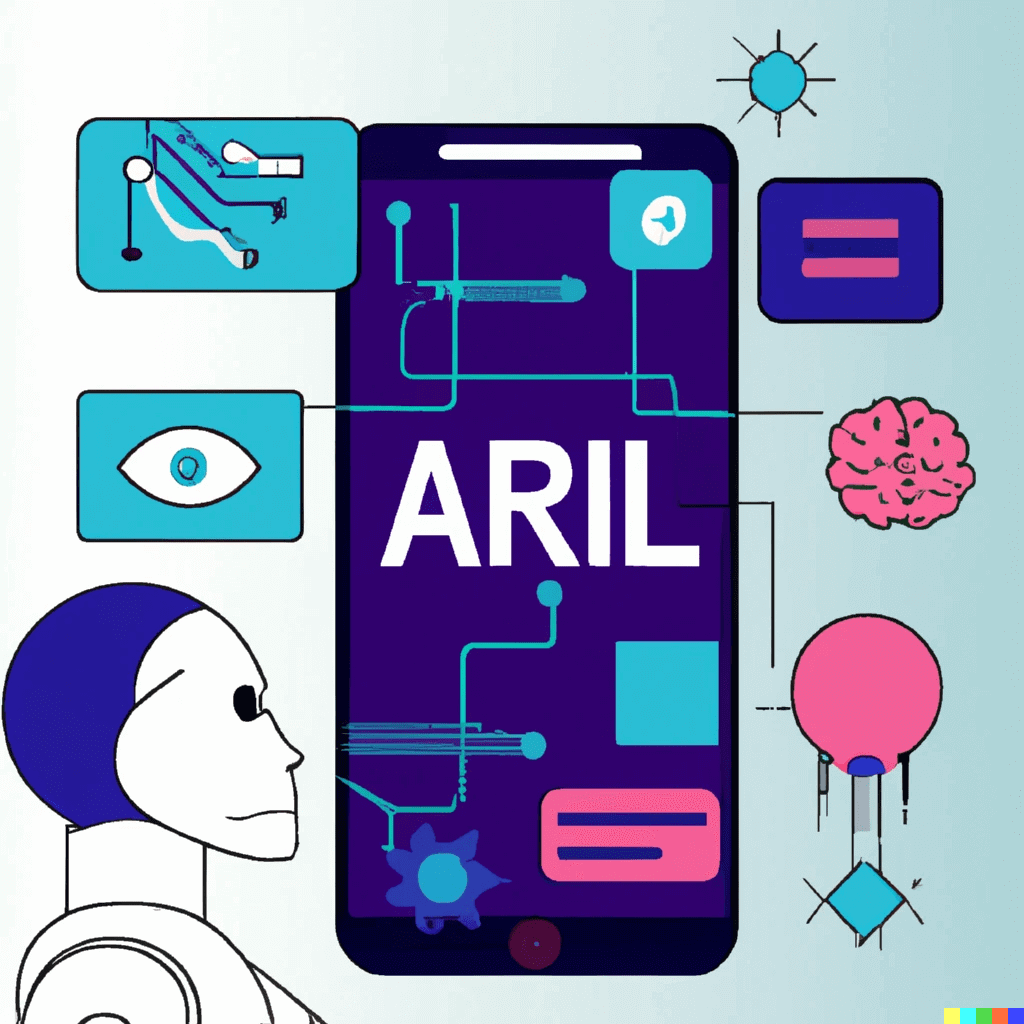Mobile App Development Best Practices
The latest research says around 81 percent of all Americans own a smartphone, while almost half own tablets. 49% of people open any app more than 11 times per day and Mobile apps account for 57% of all digital media usage.
Do you know that the mobile app revenue market is growing at a breakneck speed and is expected to reach $700 Billion in 2021? Despite this only 0.01 percent of the consumer apps do successful business as per Gartner‘s prediction. This opens a floodgate of opportunities for companies that want to capitalize their business by increasing user penetration using mobile apps. But before getting into this step, we need to know the concept of mobile app development and the best practices around it.
Mobile app development is a set of processes and procedures involving writing software for small, portable wireless computer systems, such as smartphones, tablets, and other handheld devices. These apps can be preinstalled or downloaded using Google or Apple Play Store and installed on smartphones or delivered as web applications using server-side or client-side processing to provide an application-like experience within a web browser. You use the device’s network features to remotely manage computer resources. The mobile app development process involves software to be set up on the system and backend resources for data access through APIs and application testing on target devices.
Best practices of mobile app development:
1. Know your target audience and niche area
Before you start approaching a mobile app developer for app
How to know your target audience?
– Conduct user surveys on social media sites
– Find who is most likely to buy your product & services
– Develop a customer avatar targeting (Age, demographics, behavior, habits)
– Keep a close tab on what competition is offering to their customers
How to identify a niche for mobile app development?
– Make a list of topical interests and passion areas
– Analyze & identify the problems you can solve
– Check the profitability of your niche
– Test your product before full development
2. Choose a development method
It’s extremely easy to think & decide about mobile app development. Choosing the right app development method is very important. Our target is to create a user-friendly, efficient, and cost-effective application. Before selecting a method, you must analyze and ponder these questions.
– Should I go for a native or hybrid app or a responsive app?
– How much time will be taken by the app to reach the market?
– Will it meet my business needs?
Mobile app development methods:
These are the different app development methods:
– Native mobile Applications – Provides excellent user experiences and high performance
– Hybrid Mobile Applications – A native web-based foundation
– Progressive web Applications – Business agility with improved functionality standards
– Responsive Web design – Universal web solutions centralizing business functions
3. Select your platform
Research your audience to find out which is the most preferred platform where your target audience is present, interacts, and engages with an app or a community.
As Google’s Android and Apple‘s iOS jointly possess over 99% of the global market share, you can check both of these platforms. In terms of profitability, the Apple iOS store generated 14.2 Billion USD, and the Android Play store generated 7.7 Billion USD in the third quarter of 2019. When it comes to app engagement, Android apps take a lead where users are spending 65 minutes on an average compared to 57 minutes on iOS. We have researched platform profitability and engagement. Now we are in a better position to select a platform for mobile app development.
4. Plan the design of your app
Before you plan the design of your app, you must ponder and answer these questions.
– What are your expectation from the app?
– Who are the target audiences and how the app will engage them?
– Identify similar app and analyze what is making them successful
– How will the app solve a business problem?
– What would be the app flowchart for new users?
– What essential features should be present in-app workflow?
– Is your in-house technical team capable of designing the apps?
Check out these top mobile app designing tools in 2021
5. App security
Security of an application is important because applications today are often available over various networks and connected to the cloud, thereby increasing security vulnerabilities and infringements. Application safety testing can reveal application-level weaknesses, which help to prevent these attacks.
Benefits of App security:
– Protects user data from leaks
– Keeps customer data secure
– Reduces risks from third party sources
– Boost business reputation
– Increase customer trust
Have a look at app security best practices here
6. Test your app
Before releasing your app in the market, all features, and functionalities of the app need testing in real business conditions to increase customer loyalty.
App testing checks all the existing app features to identify and remove bugs.
Types of app testing:
– Functional Testing
– Performance Testing
– Usability Testing
– Compatibility Testing
– Security Testing
Benefits of app testing:
– Higher business revenue
– Ensure proper functioning of apps
– Ensured User Experience
– Increase in Customer Loyalty
7. Prioritize User experience
Do you know that 70% of users will not return to an app/website if they have a bad user experience? As all digital products are intended to be used by humans, understanding how the human mind works and its needs can provide us with better insights into how to design a more meaningful and engaging product while reducing its chances of failure when it hits the market. The agenda of the user experience is to make the app super easy and fun to use. For this, we must understand the needs of our target audience/end-user before deciding on the workflow, text/message language, appropriate colors, CTA, and other touchpoints.
8. Build a strong core
Analyze the competition, make a list of all the important features needed for full functionality of the app. A strong core is like a war chest with the necessary arsenals to win the war. Other minor features & functionalities can be added in the app development stage later.
9. User feedback
In the early stages of your app’s development, feedback is critical. You must be as close to your beta testers as possible in order to receive as much feedback as possible. This will allow you to validate your ideas faster, learn what’s working and what isn’t, and gather user insights that will point you in the direction of new opportunities.
10. Always follow app store development guidelines
Many developers neglect the app store development guidelines during mobile app development. Be careful! It can cause the immediate removal of your mobile app from the app store. This may hurt the brand image and can cause a huge dent in customer loyalty and followers.
11. Add accessibility features
Do you know that more than 15% of the world’s population lives in some form of disability? Accessibility makes sure that your app can be accessed by a person with a disability having a visual impairment, hearing impairment, and mobility limitations. It makes it easier for all users to interact with your app, not just those with disabilities. You can use voice commands instead of touch gestures, for example, if you use your app during cooking.
12. Analytics
Analytics can help make your app better and improve performance.
User interaction measures such as the number of sessions, active devices, and retention are all available through App Analytics. You may use these metrics to assess the effect of app improvements or enhancements, such as changing the initial onboarding experience, to see which changes boost app interaction.
Conclusion
It is a blessing to have the right mobile app developers. Startups usually do not pay much attention when hiring an app developer, but this can be a mistake. Finding and selecting a good app development company entails these steps before hiring any app developer such as portfolio analysis, asking important questions, discussing project requirements, checking feedback from previous clients, and thoroughly discussing their work experience.
If you want to learn more about companies following best practices in mobile application development, please contact RightFirms Team.



